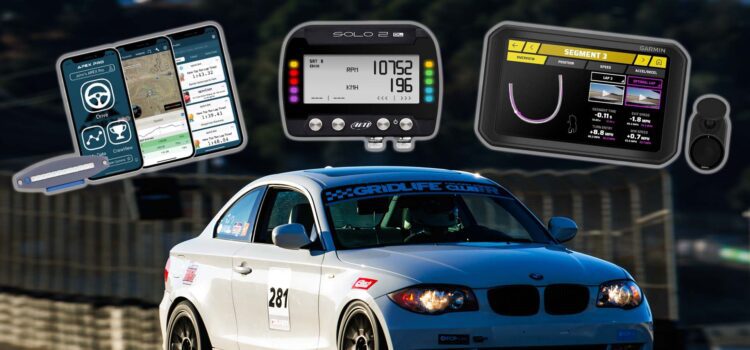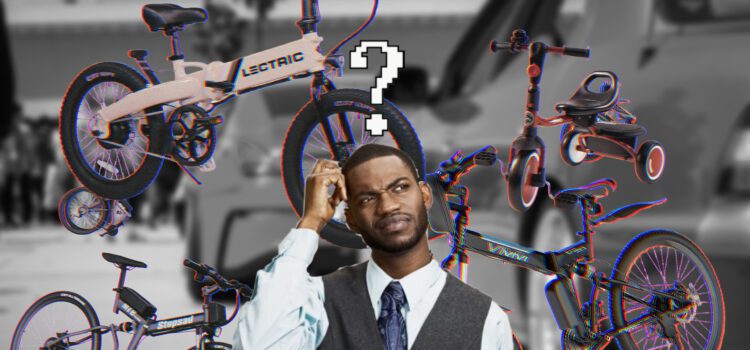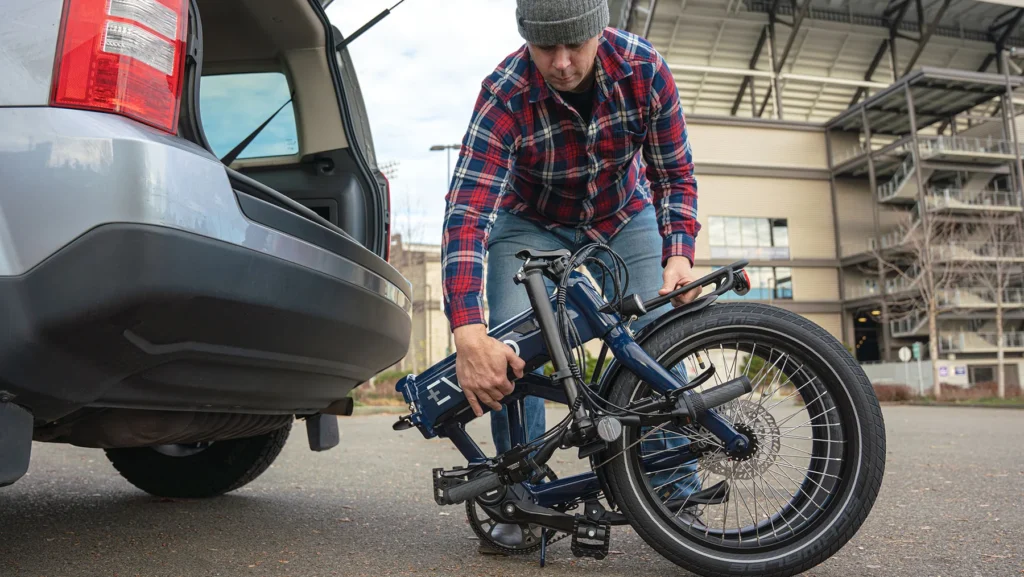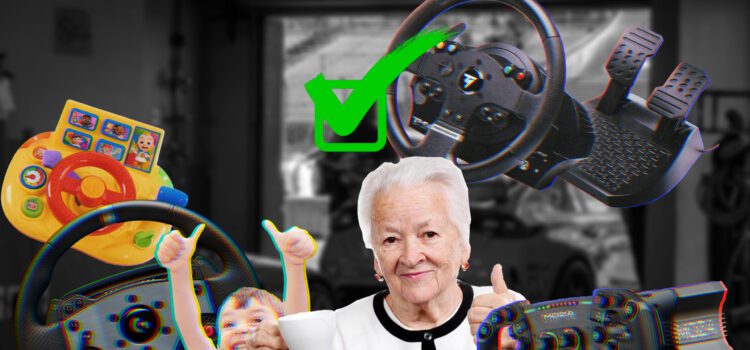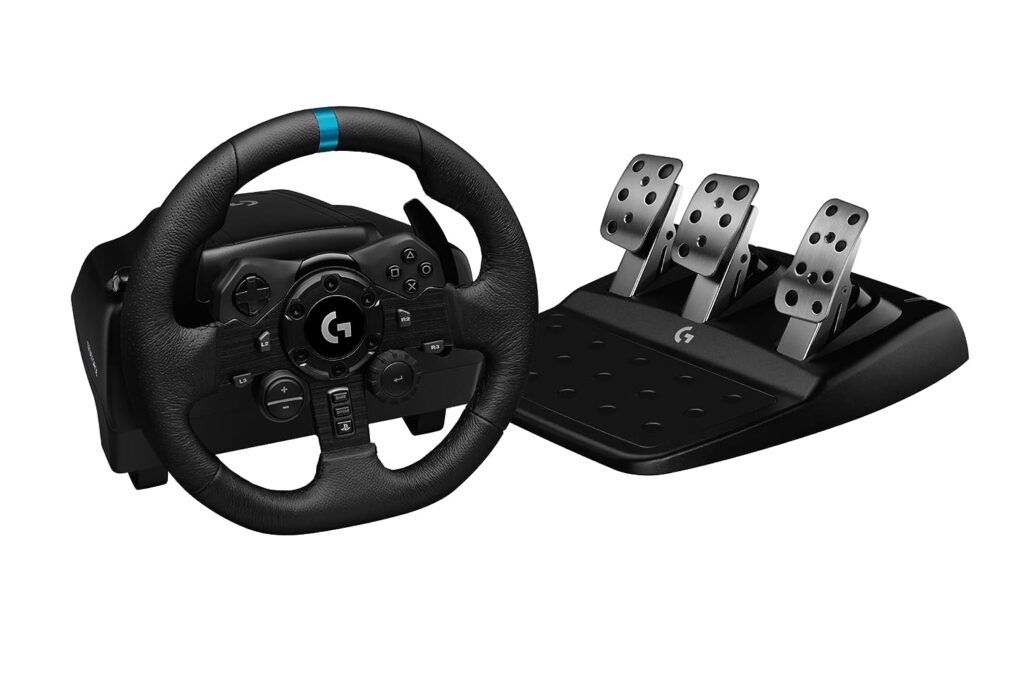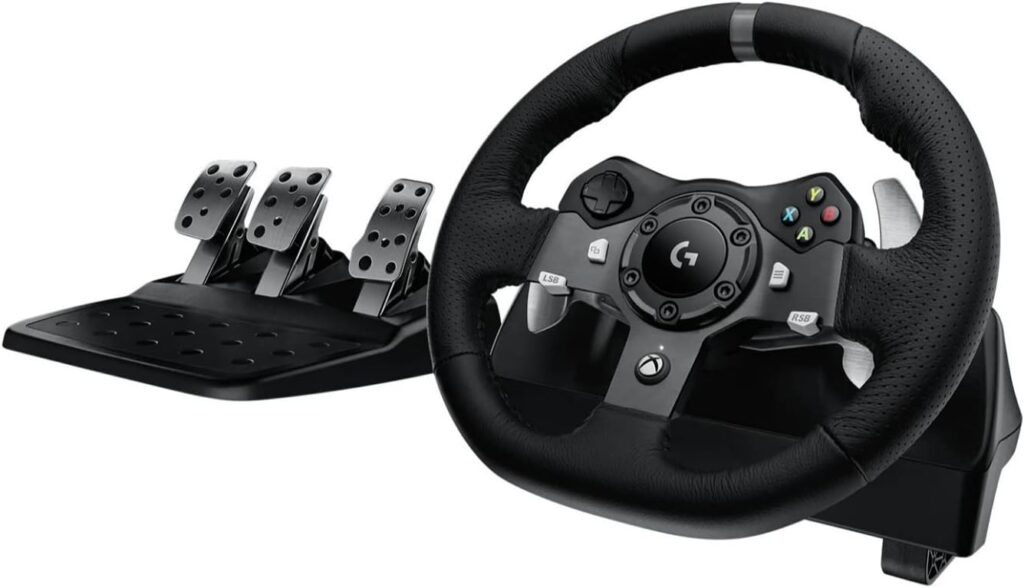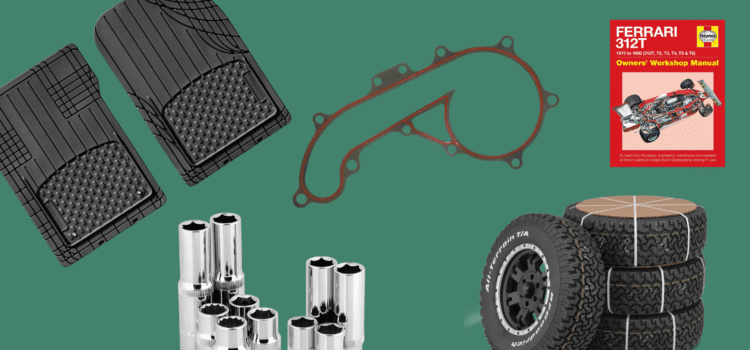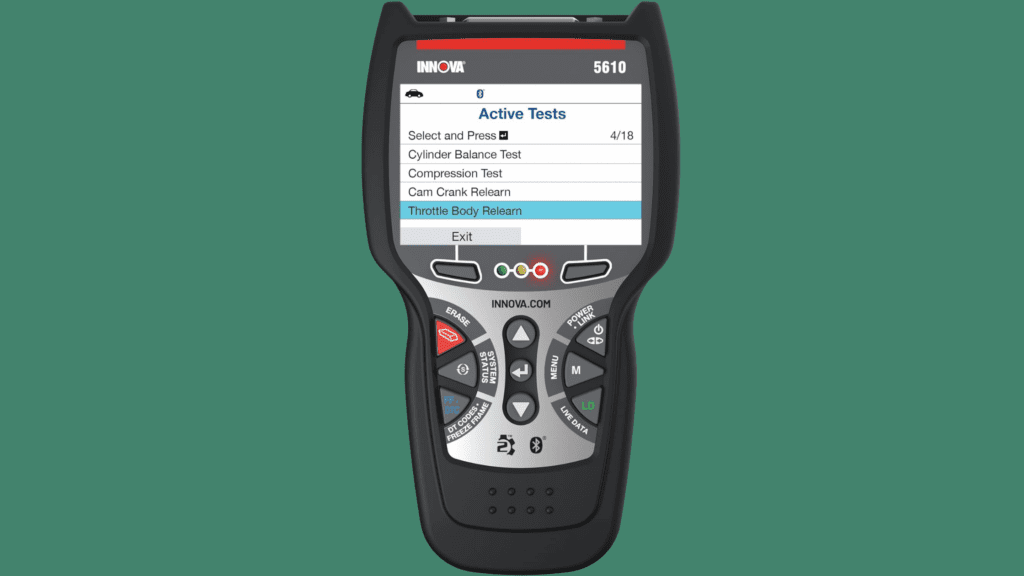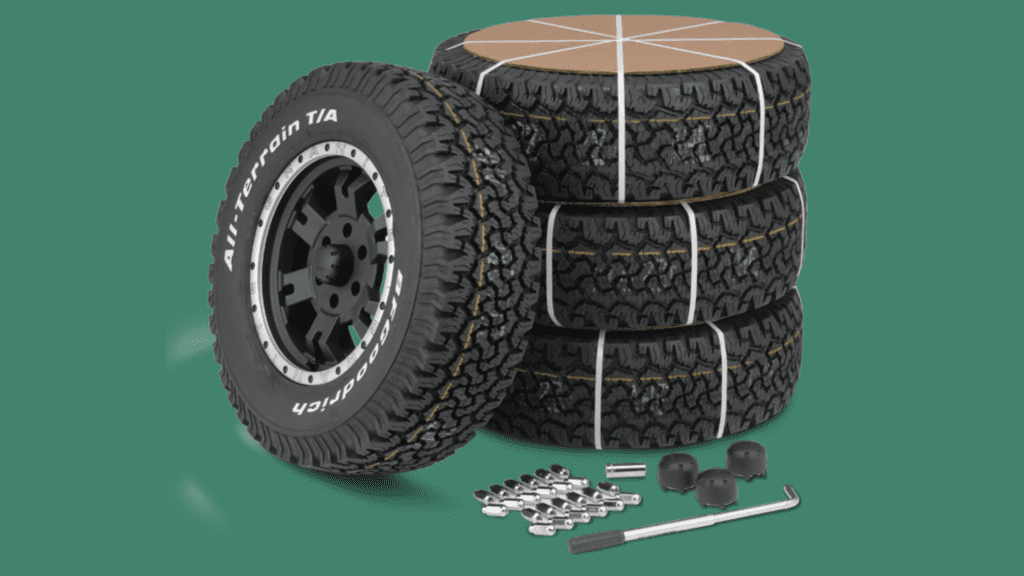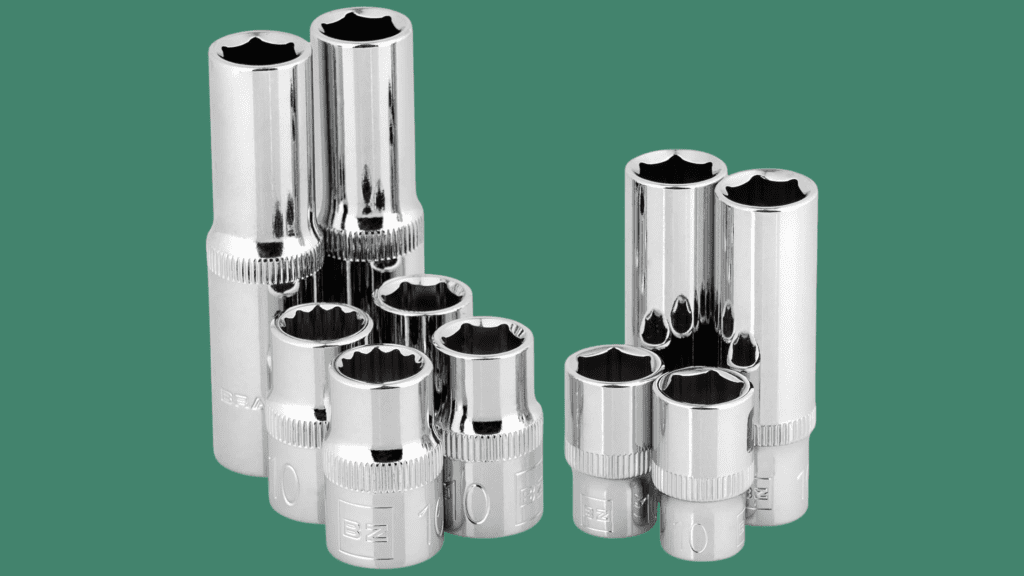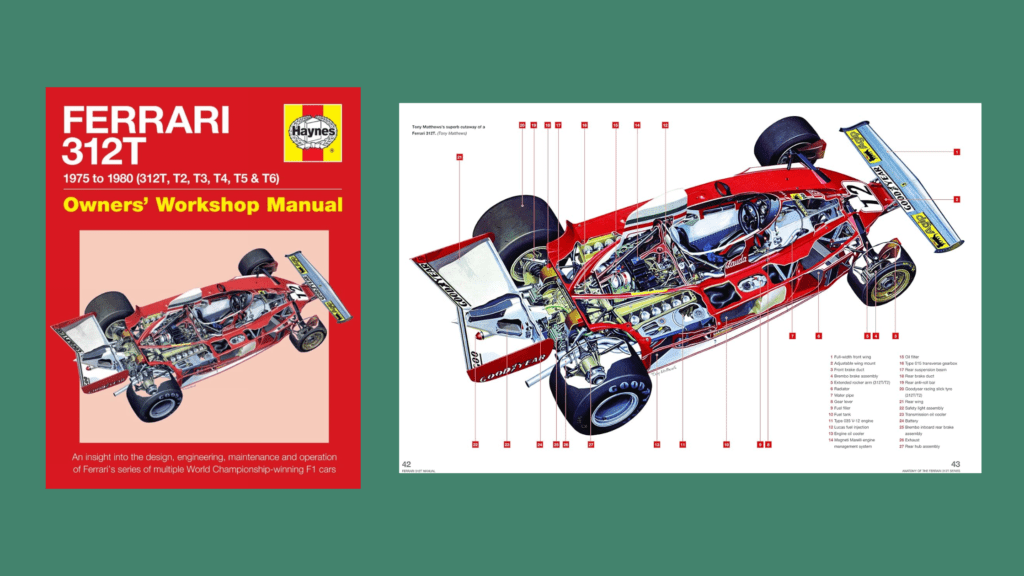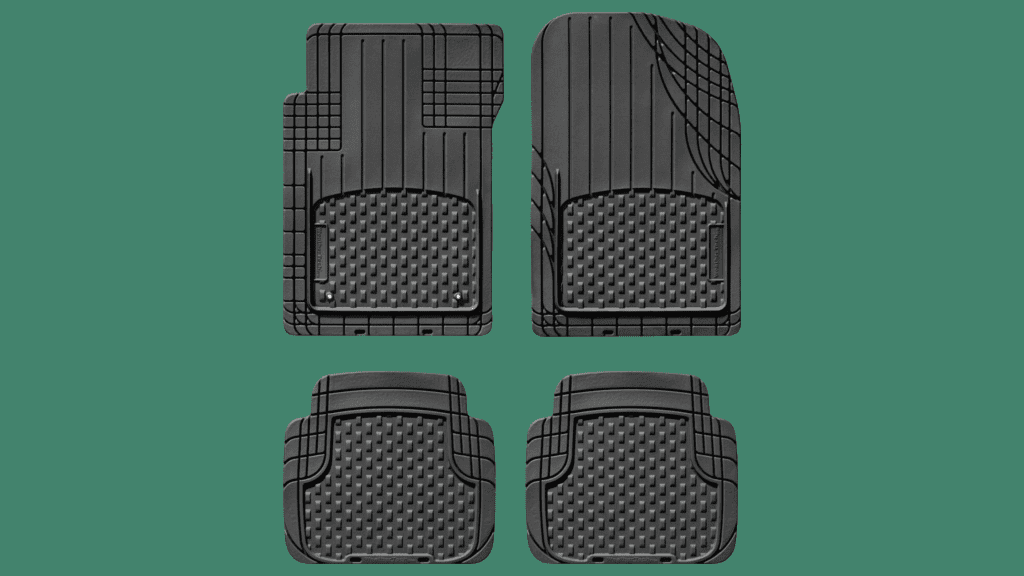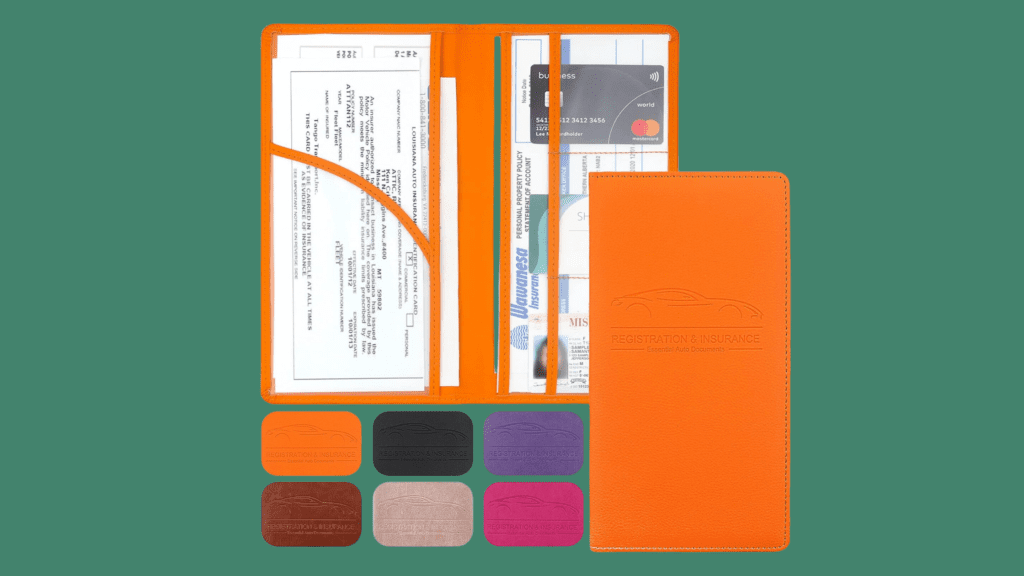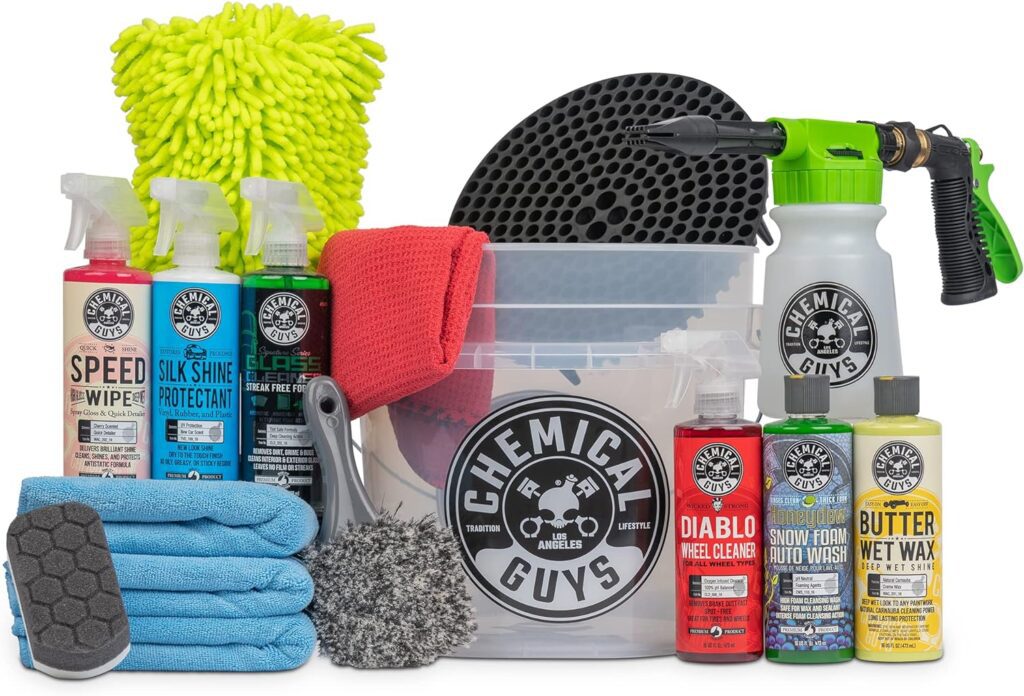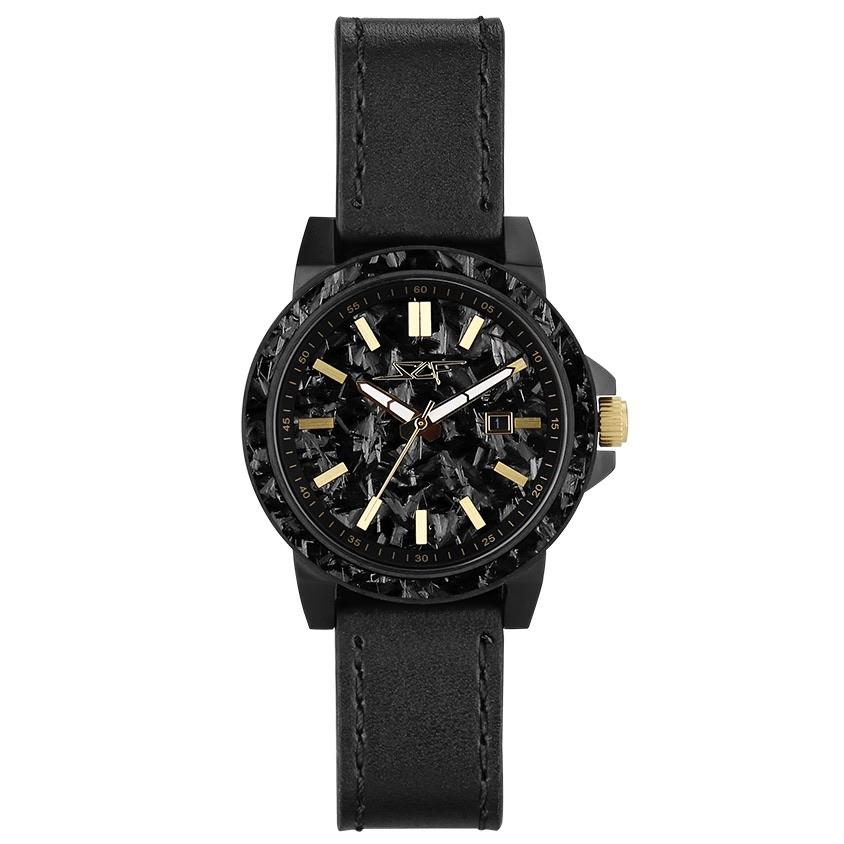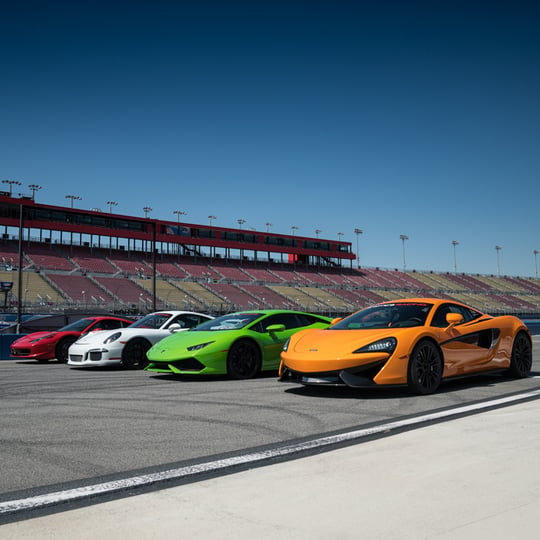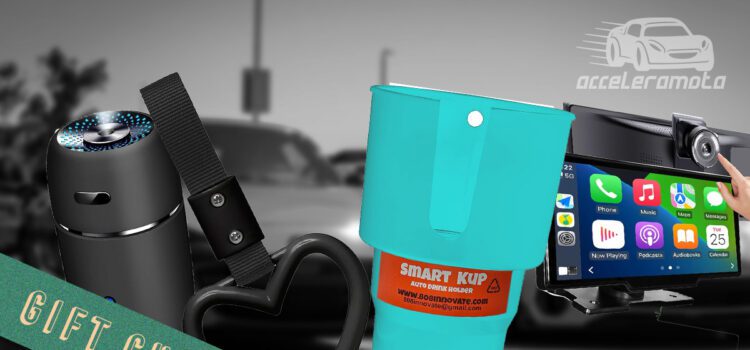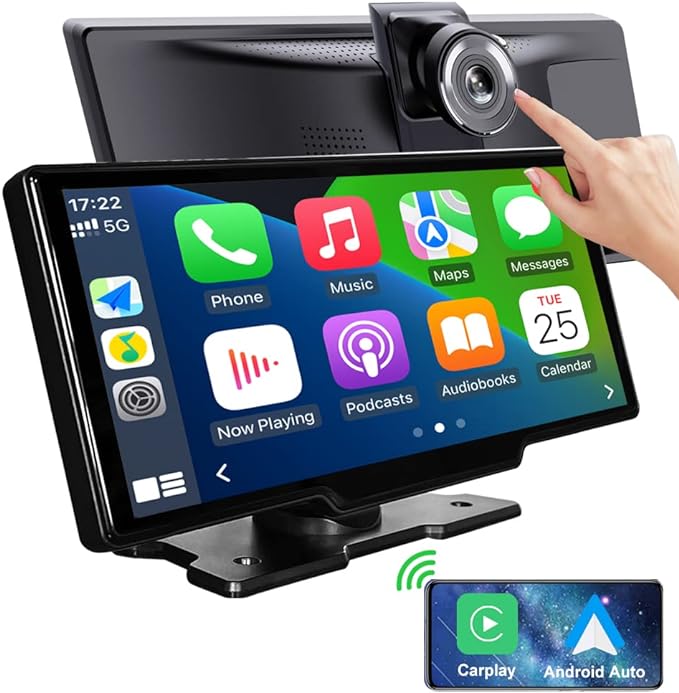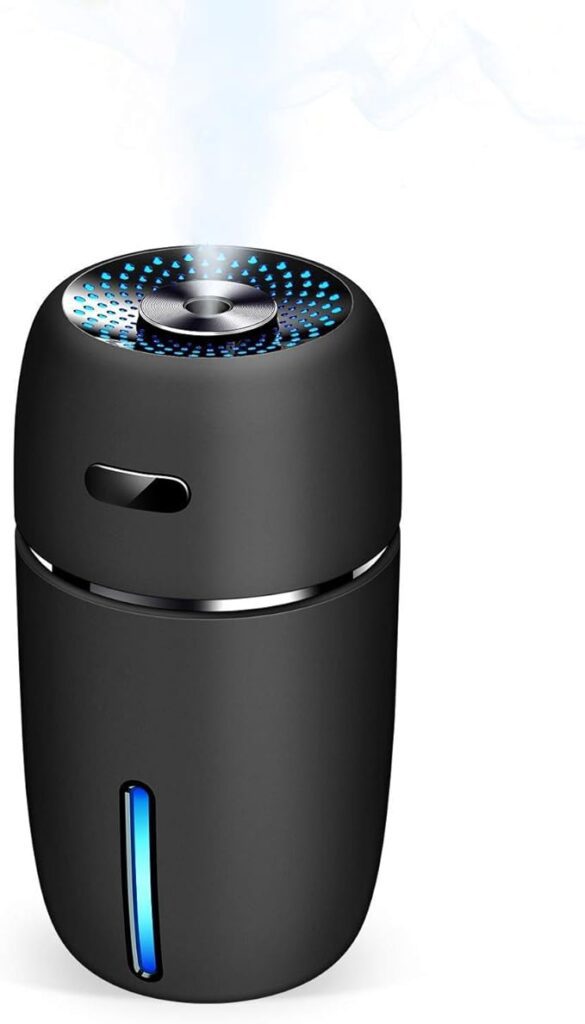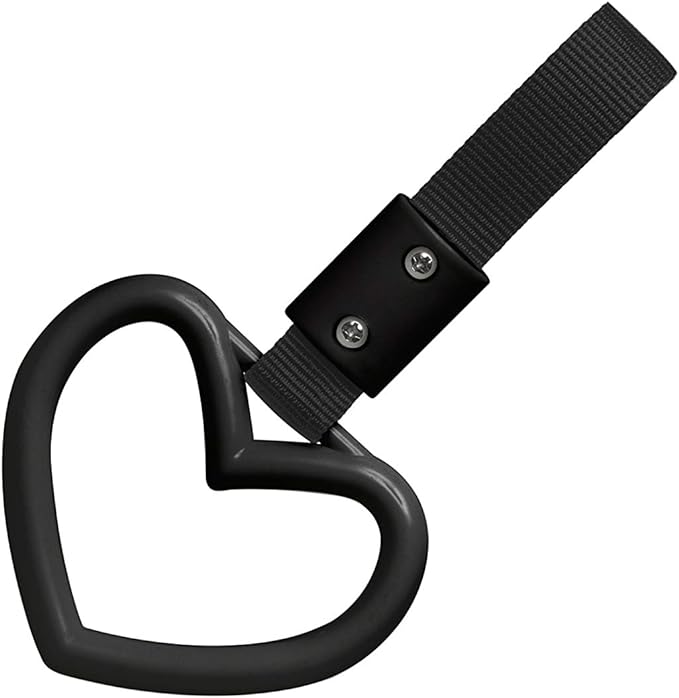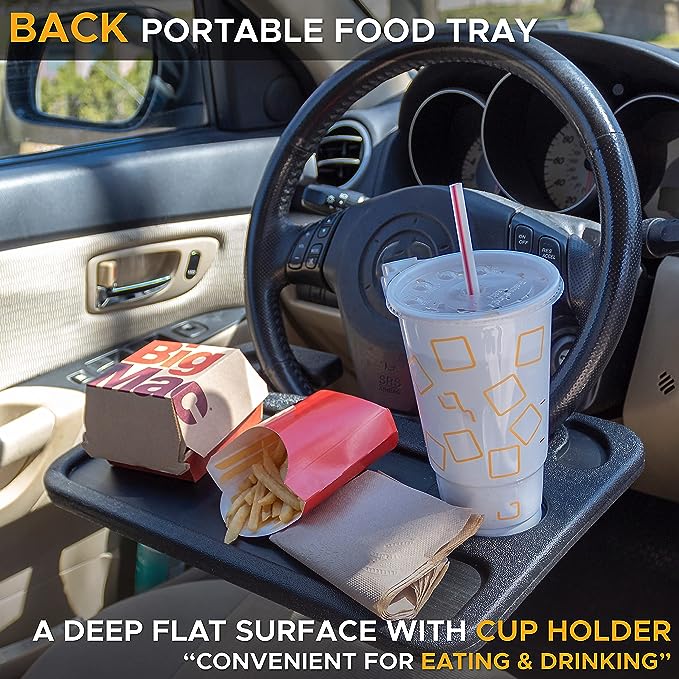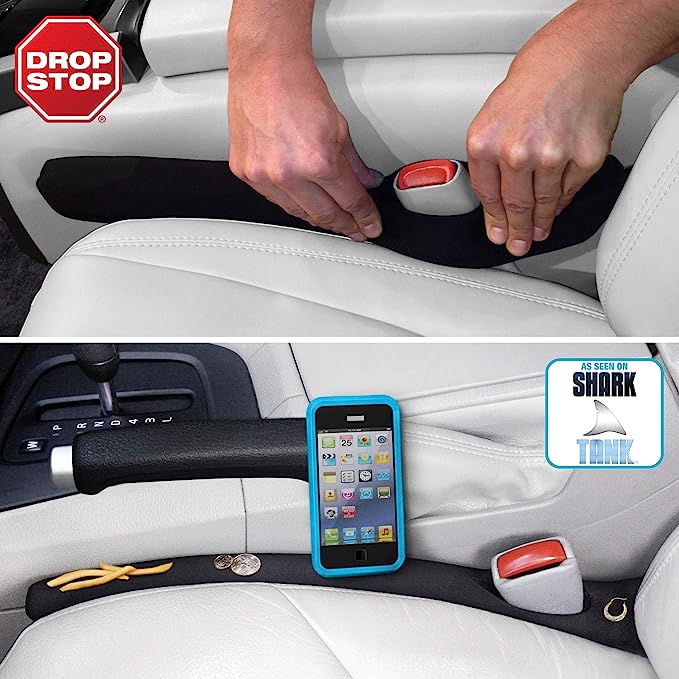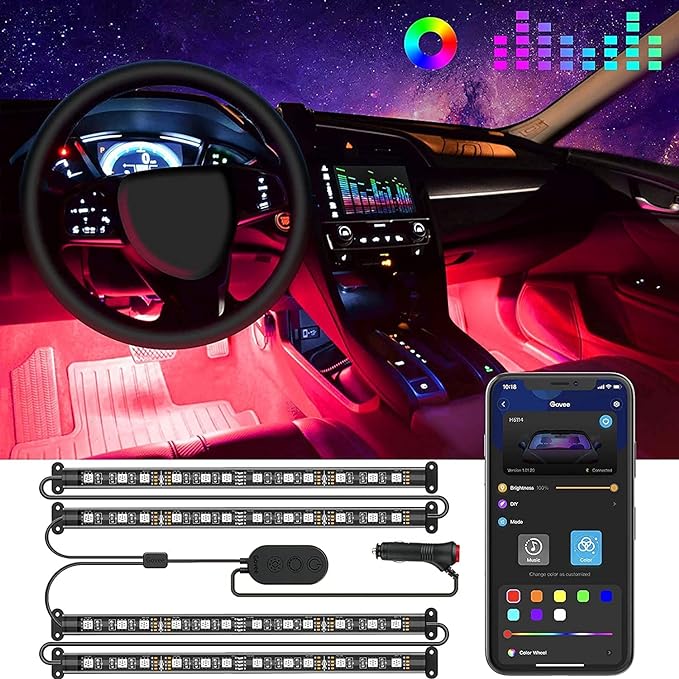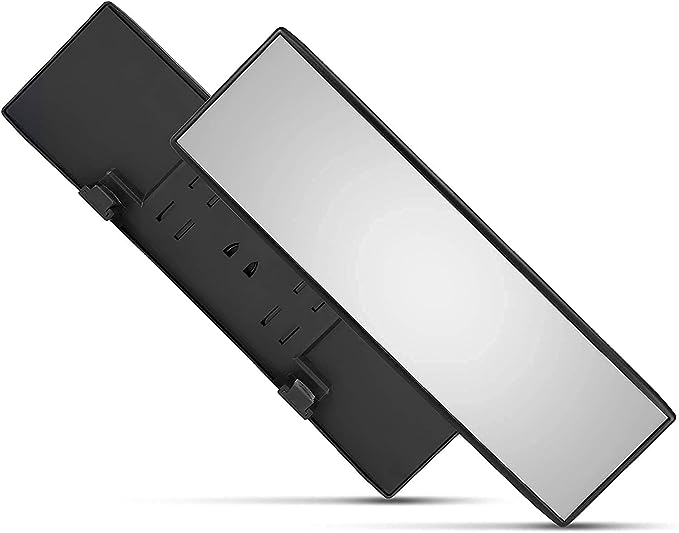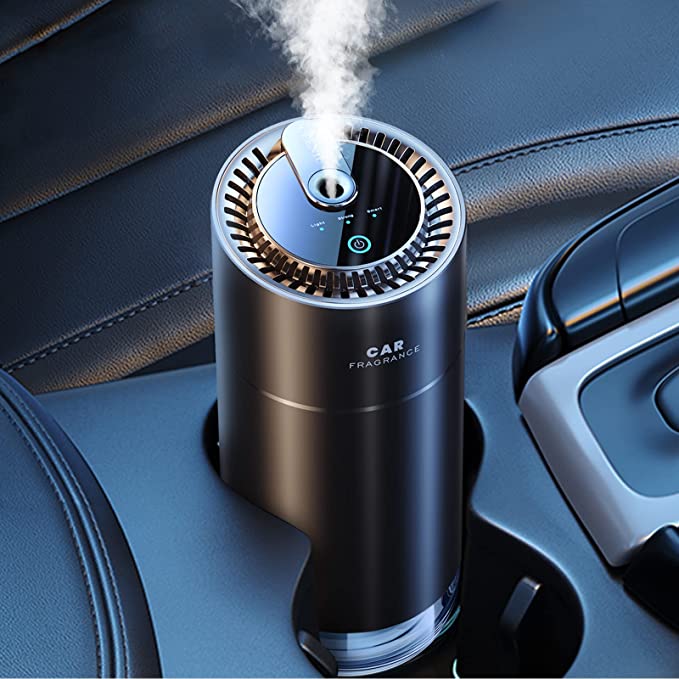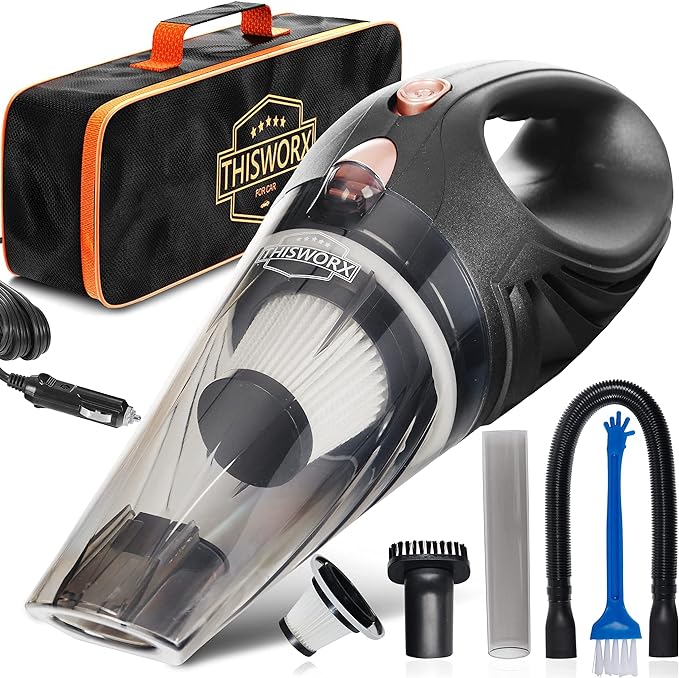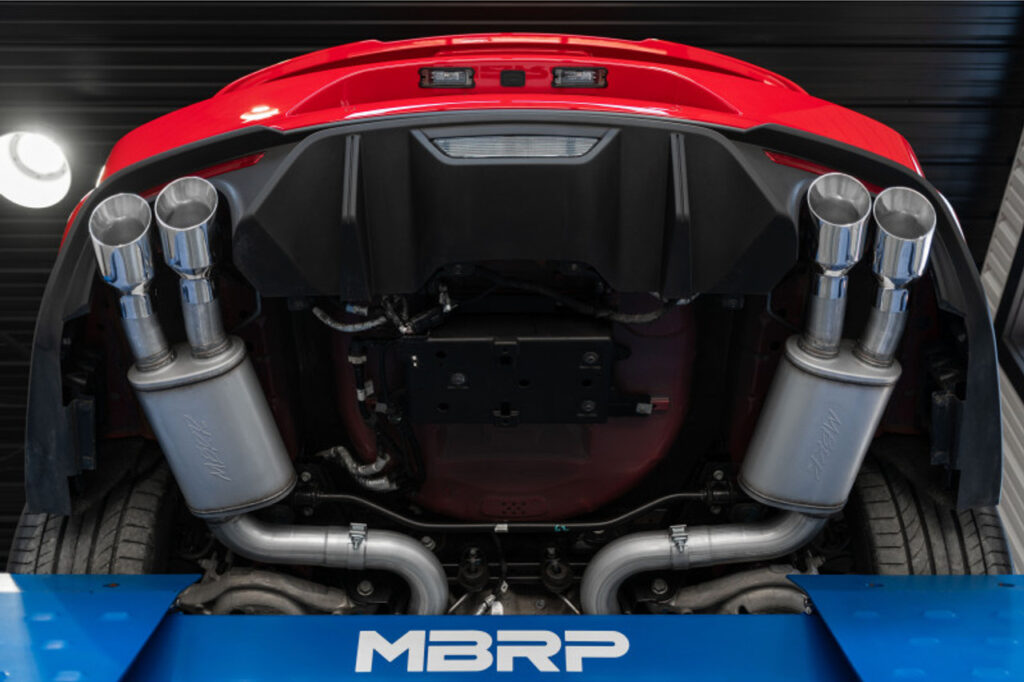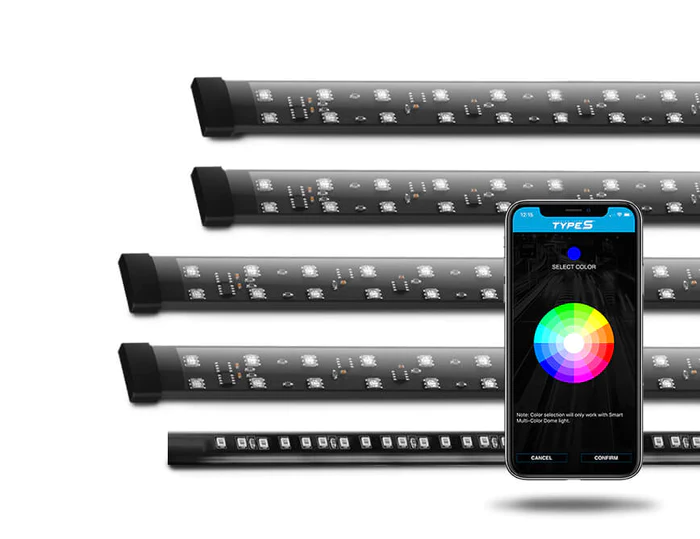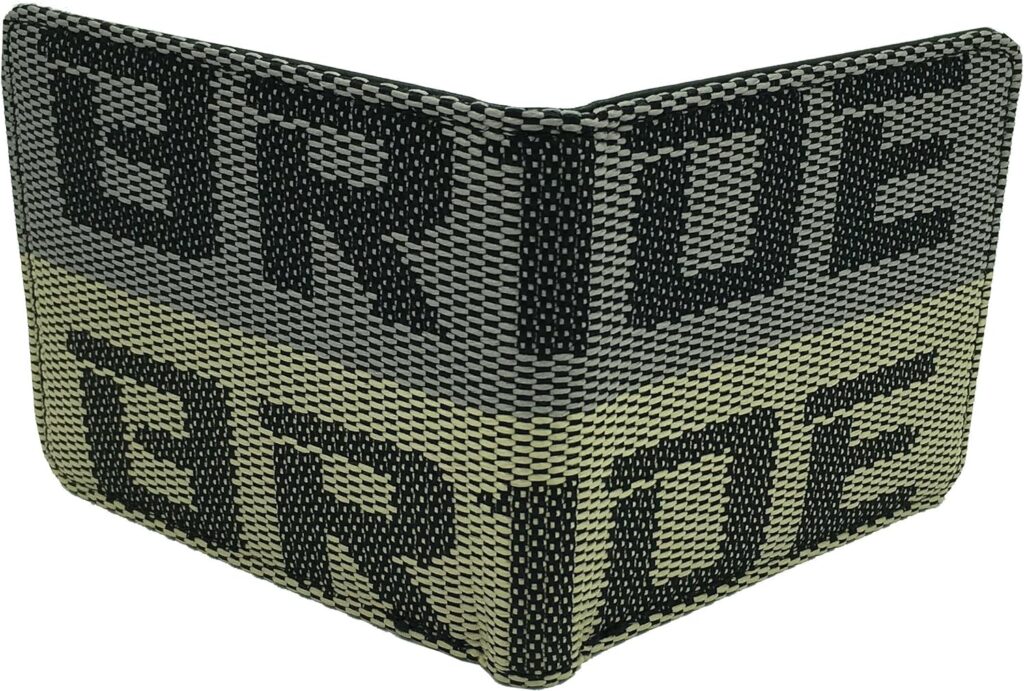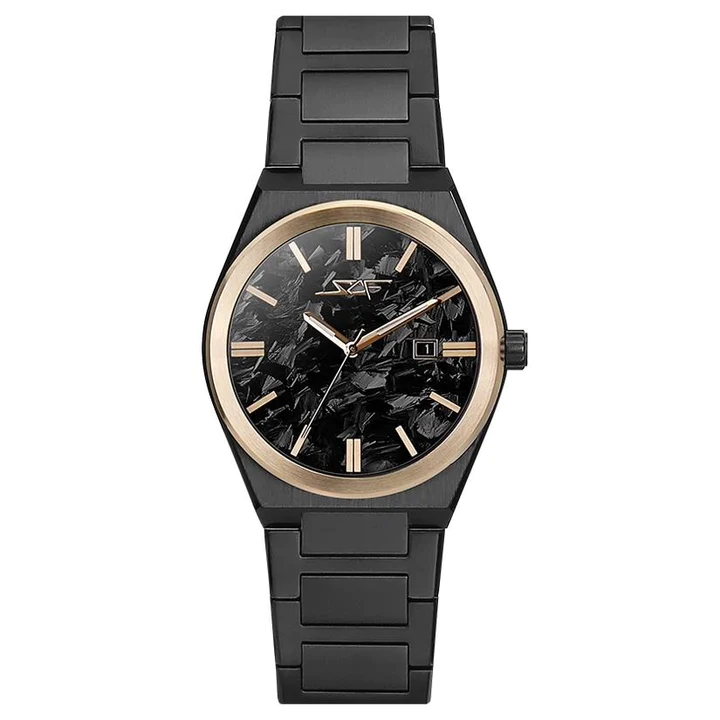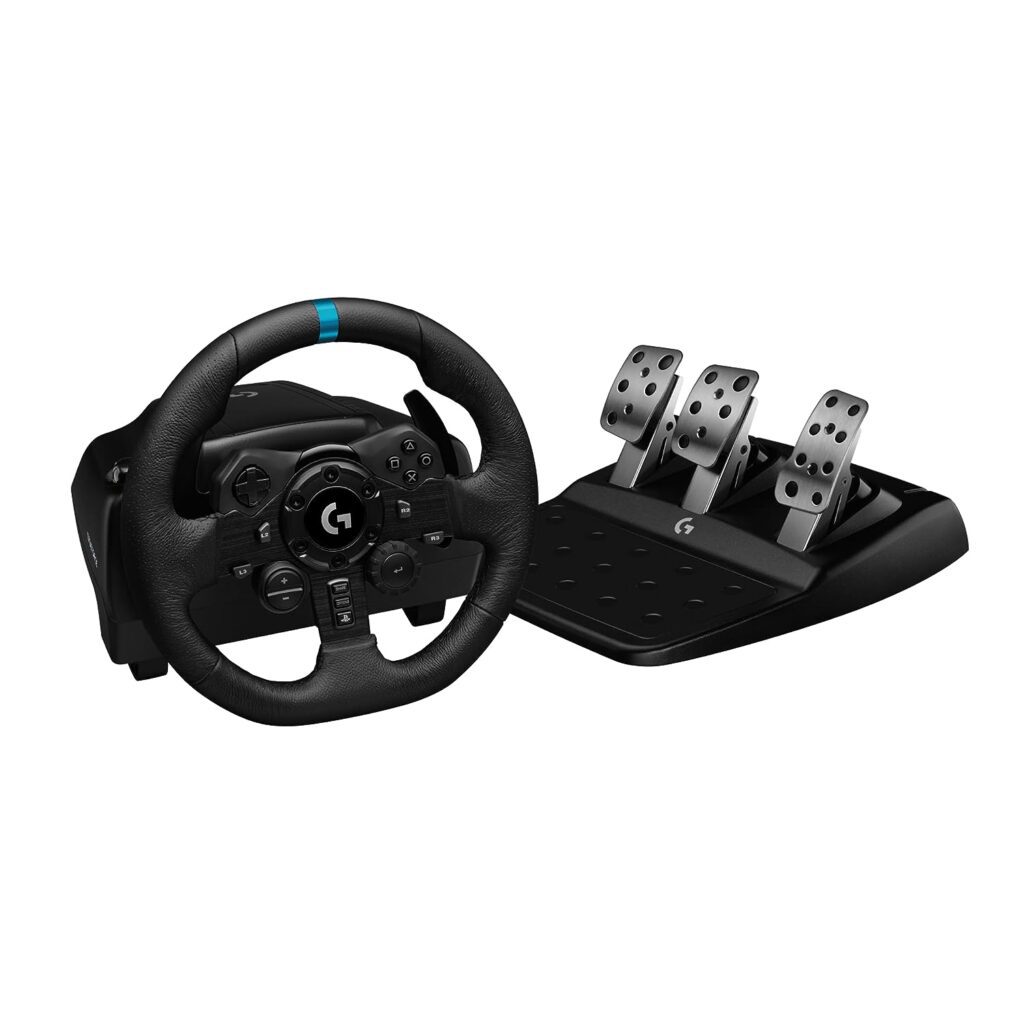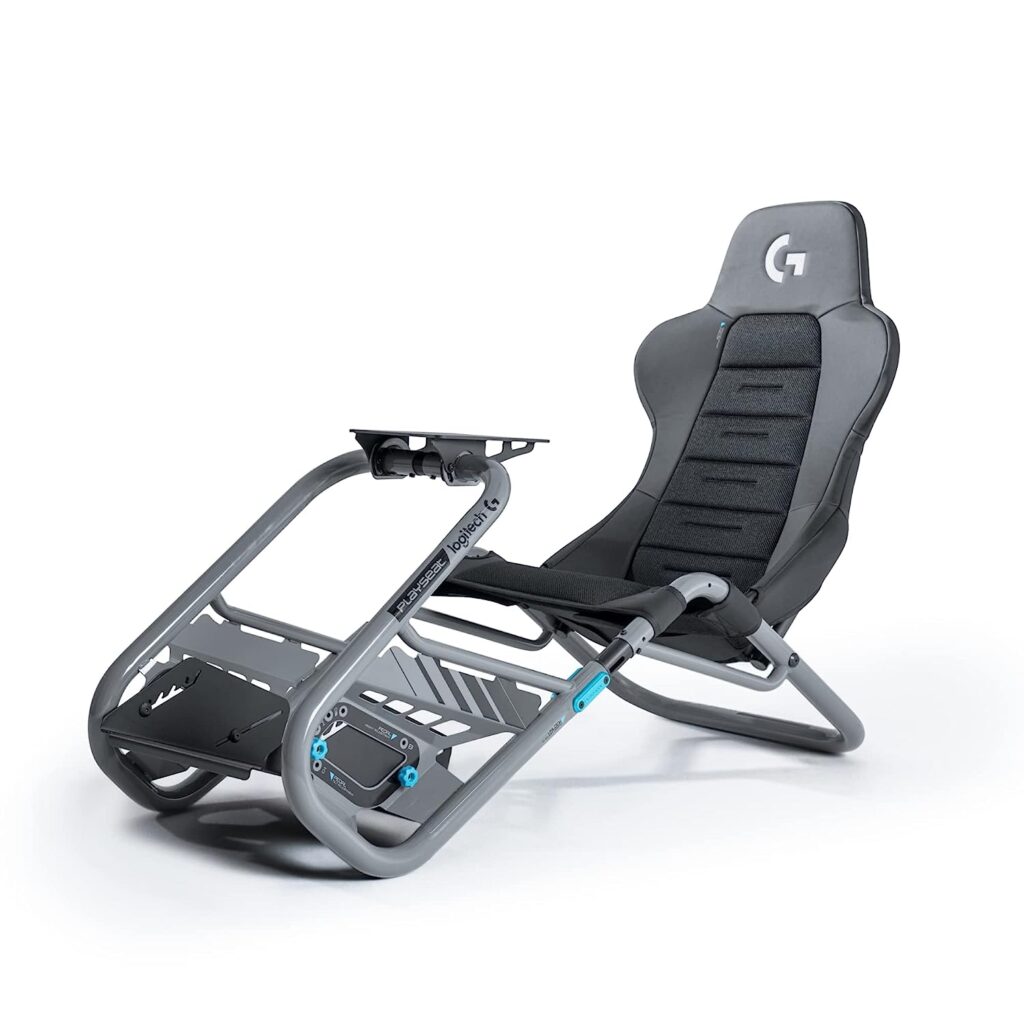These lap timers will help you become a better track driver
Attending track days is one of the most fun and fulfilling ways to express one’s automotive enthusiasm. What’s not to love? You’re in a safe and controlled environment where you can drive at way higher speeds than pretty much any other place on paved earth. This enables ample opportunity to truly enjoy what your car was designed and/or modified for, sharpen your driving skills, and even become a safer motorist along the way.
Then, there’s the bit about track driving that’s even more fun, and incredibly addictive: Setting and gradually dropping lap times. Changing your line, turning in earlier or later, refining your acceleration and braking; the process of setting and achieving goals to go faster is a fun one, and along with it comes a hearty sense of pride and accomplishment. It may not be the most financially healthy activity for car nuts, but hey, it sure beats hard drug use!
One tool that’s of massive help along the way by giving you all the information you need to go faster is a good GPS-based digital lap timer.
Guidance from a qualified instructor is another top method, and certainly shouldn’t be overlooked as part of the learning experience. A lap timer that records data is a strong accompaniment—analyzing and digesting this data post-track session expedites the learning process and paints a very detailed picture of what it takes to get faster. Let’s go over three popular digital lap timers and discuss their various positives and negatives. We won’t rate them, but rather to help you figure out which is best for your budget and learning style.
Skip to product:
- Garmin Catalyst Driving Performance Optimizer
- AiM Sportline Solo 2 DL GPS Lap Timer and Dash Logger
- APEX Pro Gen II Lap Time Optimizer

For the most digestible data and video on the spot: Garmin Catalyst Driving Performance Optimizer

What’s hot?
- Includes video
- Simple, fool-proof setup
- Very easy to digest data post-session
- Logical software
- Stays plugged into a 12v outlet or USB, so won’t lose power on track
What’s not?
- Expensive
- Doesn’t allow as deep of a dive into data as other systems
- Requires earbuds or another improved hearing method
[Button id=”472″]
Kicking off this list is a comprehensive system by Garmin. I call it a system because using it requires a bit of setup time. Inside its fairly hefty box lives a bunch of wires, connectors, plugs, and various electronic doohickies, plus the sturdy Garmin tablet itself that’s the brain of the whole operation. Read the directions and allow ample time to properly piece it all together—don’t do it 10 minutes before you head out on track—and you’re golden. In fact, it’s a good idea to turn it on the night before, connect to Wi-Fi, and ensure all software is up-to-date.
Once the Catalyst is all set up and running, it’s so incredibly pleasant to use: Select the track you’re at, and it’ll automatically start and stop recording both lap times and video. While filming laps and displaying lap times, it has a delta timer that shows how much faster or slower you are compared to your best-recorded lap. It also utilizes its various sensors and GPS to record accurate data covering acceleration/deceleration, speed, your precise location on track, and so on. Then, the footage it puts together includes a very handy data overlay for even easier data digestion, which you can review as soon as the session is over.
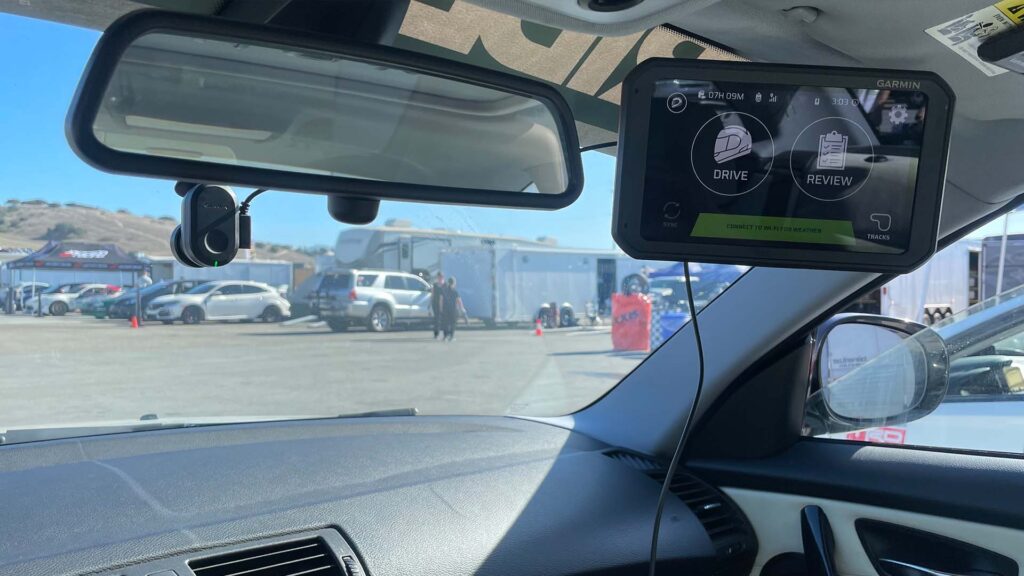
Post-session, pulling the tablet off its mount and tapping around to look at different laps, examine speed, acceleration/deceleration, and track position, as well as learning where opportunities to improve lie, is incredibly easy. It’s as easy as surfing the world-wide-web on an iPad. Plus, the layout/interface is incredibly logical, so it takes no time at all to get used to.
The Catalyst also makes suggestions on how to cut time, but does so based on your own performance—it’s not going to compare you to Lewis Hamilton. Then, by dividing the track up into different sectors, it puts together an optimal lap of all your best ones; think of it as essentially a Best Of compilation. It’s a fun challenge to try and replicate—or better yet, improve upon—this lap in a future session.
One downside is that its spoken instruction (that’s right, it’s got that too) is awfully quiet. The optional earbuds are a must if you’re on track with most track day organizations, as they require you to run with the windows down for safety reasons. These simple suggestions are definitely worth listening to as well. They include stuff like “brake later next lap,” “turn in earlier next lap,” and so on.
After discussing the Garmin Catalyst at length, with almost all positive remarks, here’s the catch: It’s an expensive system. It’s knocking on the door of one thousand American dollars, which isn’t exactly pocket change for most folks. In fact, that’s more than a set of good track tires in many common sizes. Though, for its ease-of-use, video, and coaching aspects, and easy data digestion, it could prove to be a very wise investment in your lapping education.
The OG for extra-deep data potential: AiM Sportline Solo 2 DL GPS Lap Timer and Dash Logger
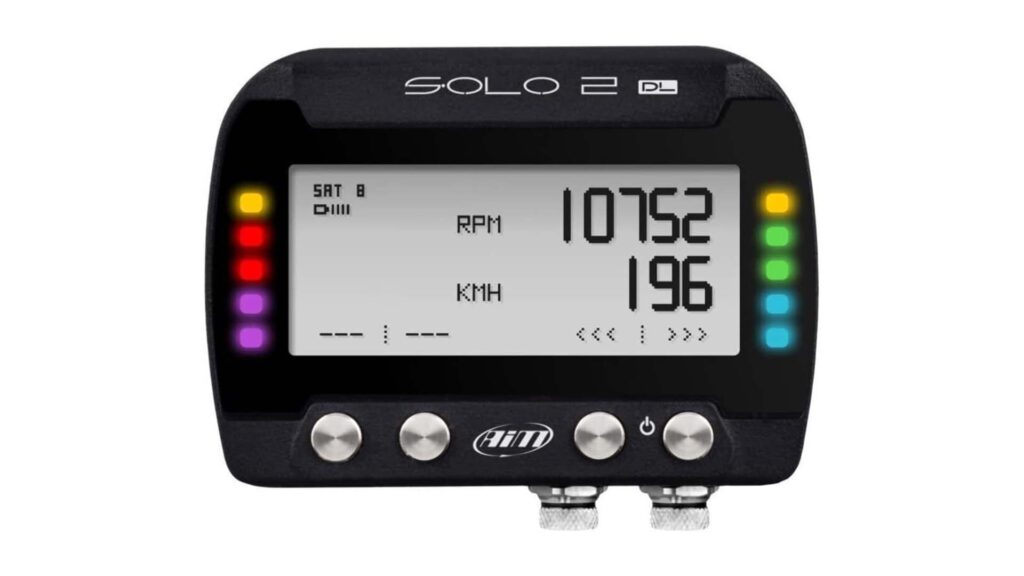
What’s hot?
- The best display
- Easy to fire up and start recording
- Mid-tier price
- Excellent application integration
- Programmable lights
What’s not?
- Potentially too much data for some folks
- Expensive to integrate a camera
- Slight learning curve, though all of the units in this list have that to some degree
[Button id=”471″]
The AiM Solo 2 DL is the oldest of the bunch, but that’s by no means a knock against it. This capable device has a lot going for it.
First and foremost is setting it up: it’s so easy to turn the DL on and begin recording once you’re underway on your warm-up lap. Like the Catalyst and APEX Pro, it utilizes GPS to figure out where you’re at and suggest which track you’d like to select from its massive database, which saves precious seconds while prepping to head out on track.
Also like the other two, its GPS is quite accurate: In my experience, all three record lap times that are within a hundredth of a second of any track’s conventional transponder-based timing system.
But where AiM’s product beats the others is its crystal-clear backlit screen: I consider it the easiest to quickly look at and understand, especially on very sunny days and other harsh lighting conditions. Not only that, but it also has a very clear delta timer. However, like the Catalyst’s, this feature can be hazardous at times, as it often motivates folks to really push braking zones and hang out on the ragged edge of the grip.
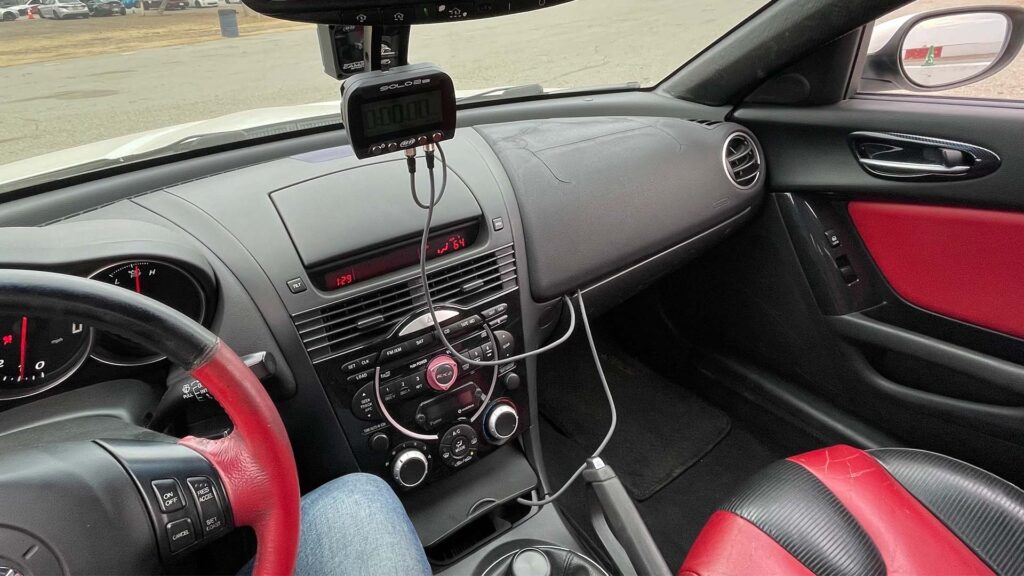
Like the APEX Pro below (which I’ll get to shortly), the Solo 2 DL has a system of lights, but here you can program them to mean different things. For instance, the DL part of its name means data logger, specifically its ability to pull data from the OBD2 port and log it with the data it produces itself (G readings, location on track, etc.) You can program the lights to serve as a shift light, meaning it’s pulling this data from the ECU in real time—though, this requires some work with a PC and its desktop application to set up. They can also be programmed to convey predictive lap timing, though this function I’m not as familiar with.
Mounting up the Solo 2 DL is easy with a suction cup mount or a more permanent solution, though, like the Catalyst, there are some wires to run for OBD2 data integration. You can also choose to wire its power into a 12v circuit somewhere with the right wiring option. This is so you never have to worry about recharging, which is convenient for purpose-built track steeds.
Between the Catalyst, APEX Pro, and Solo 2 DL, only the latter two are able to pull and integrate vehicle OBD2 data. This means that folks who like to dig deep into this kind of stuff are better off with one of the two.
And speaking of digging into data, AiM’s software makes for a very, very thorough experience. You can review sessions on your phone, but its full potential is best enjoyed with the brand’s desktop application. Seriously, you can spend hours and hours examining everything it produces.
For diving a little deeper into data: APEX Pro Gen II Lap Time Optimizer
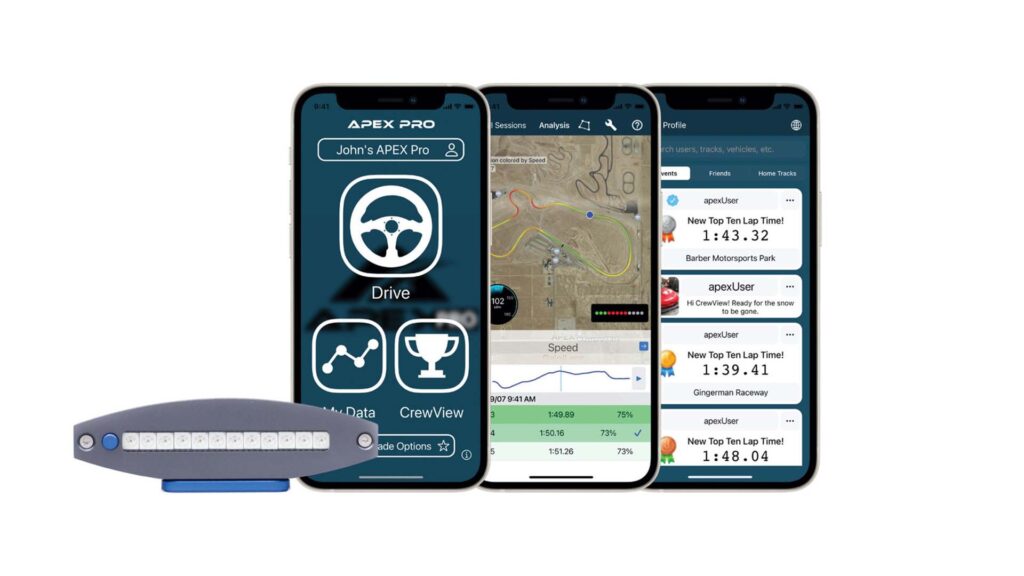
What’s hot?
- No wires means easy portability and setup
- Convenient app-based program makes post-session review a snap
- Much less expensive than other systems
- Good battery life
What’s not?
- Has a learning curve (though it isn’t steep)
- Additions cost extra
- Some folks might not like the system of lights
[Button id=”470″]
Where the Garmin Catalyst has a bunch of wires to run and a camera to set up, the Apex Pro Gen II is as easy as magnetically attaching a little box with lights to a glued-down post or suction cup mount. It’s also a good idea to keep your phone strapped down somehow, like with a quality Ram Mount.
No, really, it’s that simple, and a big part of the APEX Pro’s appeal. All you do is turn the unit on, open up your phone’s app and connect it, calibrate the unit’s position, and then hit “Drive.” It’s just a few taps and is as quick and easy to get used to as the Catalyst.
When the session’s done, you’ve got a list of laps on the APEX Pro app and a bunch of data. These include speed, track position, acceleration/deceleration G, and more, which help you see where you could improve, where you did well, and so on. It doesn’t make suggestions like the Catalyst, but the company has a lot of useful resources to help you figure out a good plan of attack for the next session. It also utilizes its GPS sensor to record your lap on a track map, which makes zeroing in on and analyzing certain sectors a cinch. Finally, having the ability to page through various graphs containing pertinent data points is very useful; once again, it takes a little bit of education to learn how to read these. My favorite is examining the lateral vs. longitudinal G scatter plot—it’s a simple x and y axis, so it’s easy to take a quick look to see how much of the lap you were on the edge of grip, and didn’t leave any G force on the table.
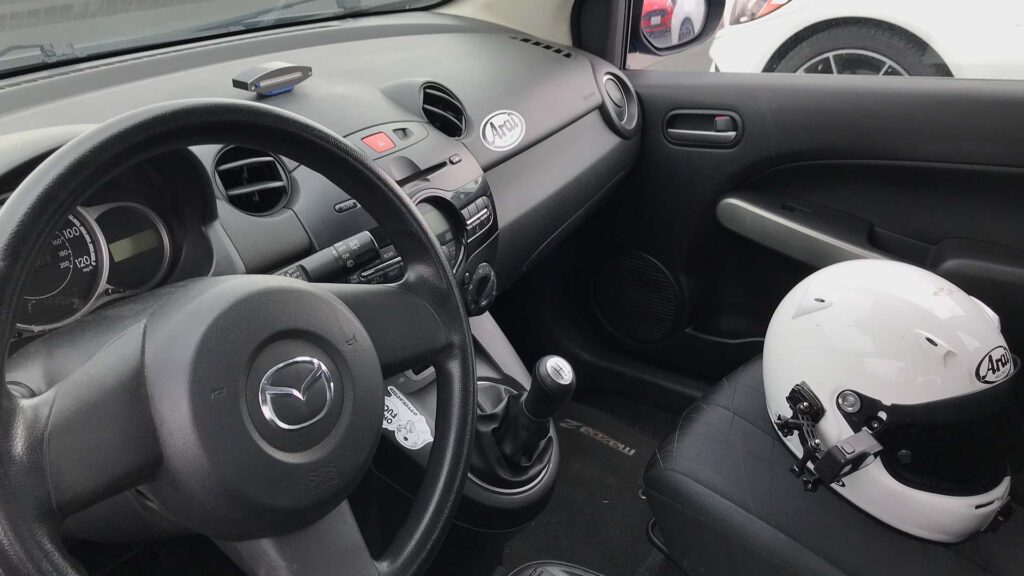
Instead of the APEX Pro giving you real-time verbal suggestions on track, it does so with a system of lights. These can indicate many things, from leaving speed on the table to being off the right line (especially in regards to your speed) and more. For example: All green lights: You’re golden. Almost all green lights: You’re doing well, but you’re leaving speed on the table. Once again, reading over the instructions is required.
Finally, you can export your data and analyze it even further in certain desktop applications, which is great for those who’d really like to get into the weeds with numbers and pinpoint where there’s time to shave.
One downside to the Apex Pro is it takes time to figure out its way of doing things. Though, once you’re there, you’ll have no problem quickly diving deep into analysis. Another is needing to purchase accessories or subscribe through your OS’ app store for more features. If you’d like to include OBD2 data (a super helpful data addition), you’ll have to buy the company’s dongle. If you’d like expanded features like recording via your phone’s camera, that’s an added subscription. Still, it’s a great overall system that’s quite comprehensive and easy to use, and quite a bit lower in price than the Garmin Catalyst.
Go forth and analyze
You can’t go wrong with any of the above digital lap timing units, it just comes down to your learning preference, what you want features-wise, and what your budget looks like. They’re all sturdily constructed, so you can toss ‘em around a bit like other track equipment. Though, I wouldn’t use any of them to chock your wheels in the paddock. Video is certainly a useful accompaniment, which the Catalyst does best as its camera is a default accessory to its function. The APEX Pro requires a subscription but does it well enough, and the AiM requires its expensive SmartyCam to put two and two together here.
I should point out that the Racelogic Performance Box Touch, Racelogic VBOX Sport, and RaceBox Performance Meter Box are also well-regarded options, but I don’t have any familiarity with them personally.
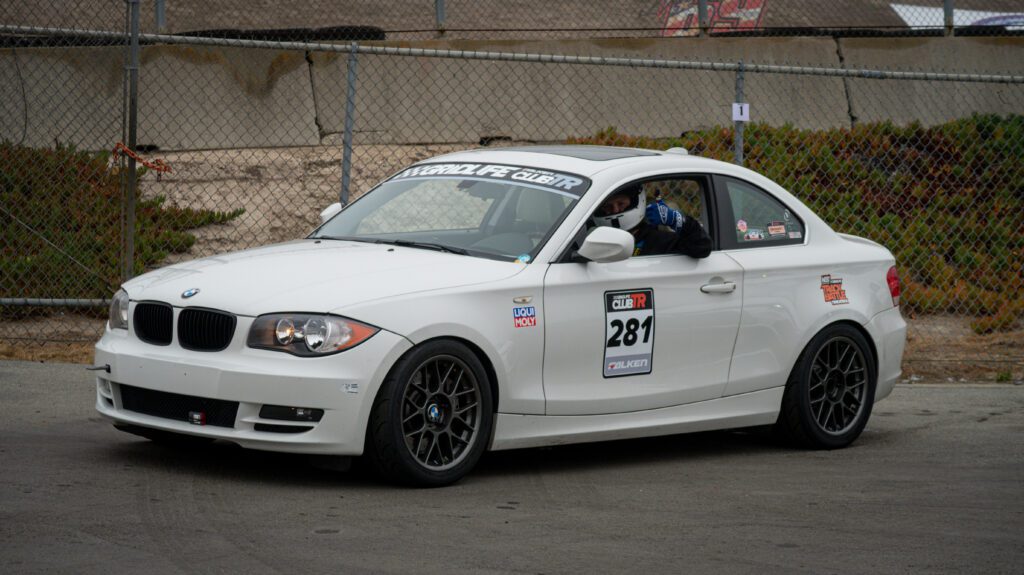
Regardless of which option you go with, make sure you spend time reading through its instructions, do a little perusing through any applicable Facebook groups and/or forums, and ensure it’s set up properly before heading out on track. Then, head out there and enjoy setting and achieving all your lap time goals!

